SLC S21 Week 3 - Herbal Medicine in the Kitchen
1 Recipe Creation: Create a meal or recipe using at least 3 herbs which are commonly found in your area and explain the health benefits of each herb in the recipe.


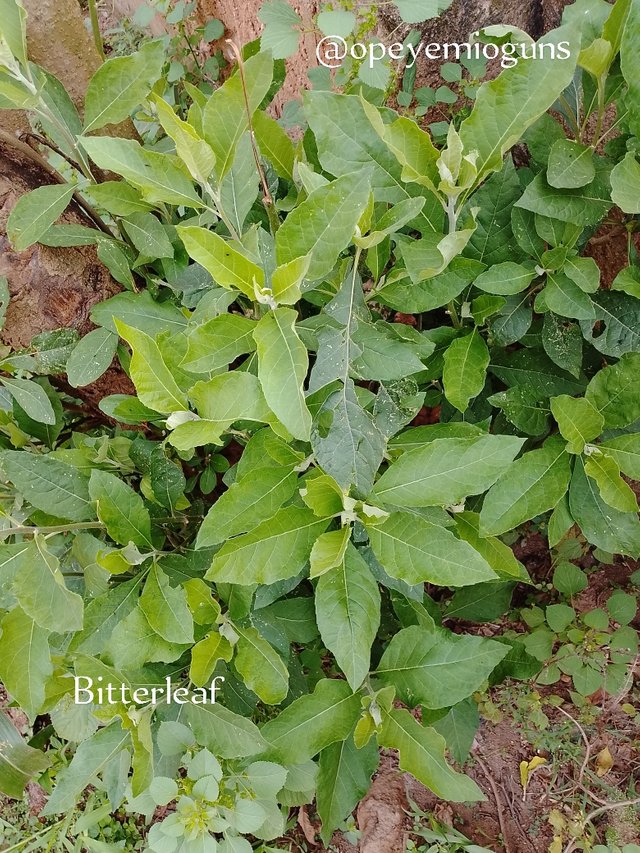
This combination gives my noodles a distinct flavour character and numerous health advantages, making them not only more delicious but also more nourishing. Here are the health advantages of each plant and how to prepare it:
This is Herbal Noodles with Scent Leaf, Bitter Leaf, and Cocoyam Leaves
Ingredients:
- 2 packet of noodles
- Some fresh scent leaves (chopped)
- Some fresh bitter leaves (chopped)
- some chopped cocoyam leaves similar to spinach or leafy greens)
- small onion (sliced)
- garlic cloves
- vegetable oil
- Chilli Pepper
- boiled egg (for protein)

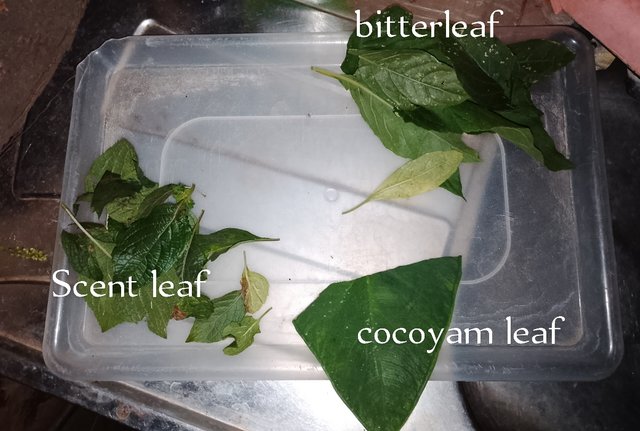
Step by step how I cooked it:
Prepare the Noodles: I Cooked the noodles according instructions on the package.
How I Prepared the Bitter Leaves: i reduced the bitterness by rinsing the chopped bitter leaves in warm water in a couple of times, I squeezed it and set it aside.

Add the Herbs: Add the scent leaves, bitter leaves, and cocoyam leaves to the pan. Cook for about 3-5 minutes until the leaves soften and release their aroma.
I Combined the ingredients and the herbs with Noodles: I added the ingredients to the pan with the noodles on fire, covered it to cook well together
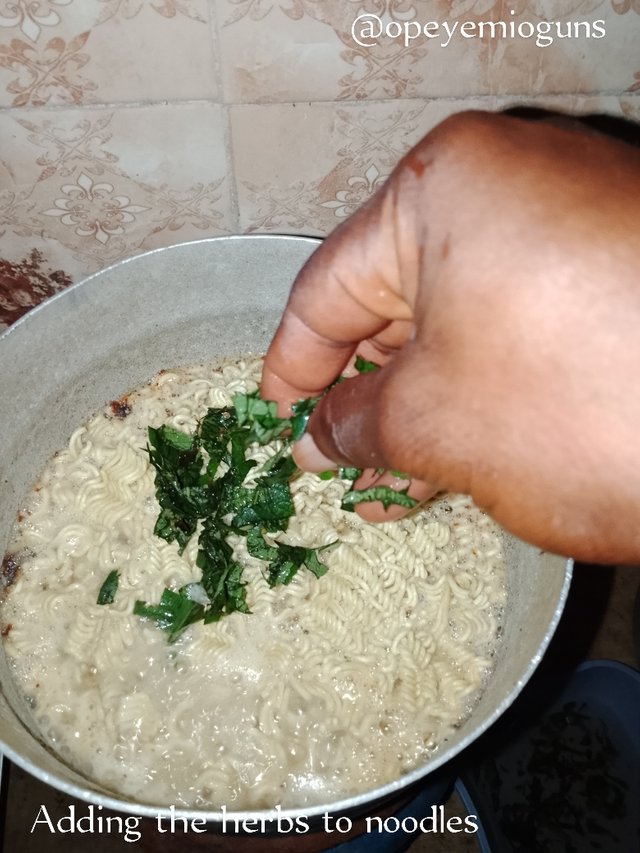
- Health Benefits of Each of the Herbs
Scent Leaf:
- Scent leaf possesses anti-inflammatory and antioxidant qualities. It is well recognised to ease stomach discomfort, lessen bloating, and aid with digestion. Additionally, it includes essential oils that might boost immunity and enhance respiratory health.
Bitter Leaf:
- Bitter leaf is prized for its purifying qualities, which aid in liver cleansing and metabolic enhancement. It helps manage diabetes because it is also known to reduce blood sugar levels. Its antimicrobial qualities can help against infections, and its high fibre content facilitates digestion.
Cocoyam Leaves:
- Cocoyam leaves are rich in vitamins A and C, which are essential for good immune function and healthy skin. They also have a high iron content, which minimises the risk of anaemia and supports healthy blood. The high fibre content of cocoyam leaves helps with digestion and may lower cholesterol.
These herbs work together to give my noodles distinctive flavours and a host of health advantages, making my herbal noodle dish a filling and restorative supper!
2.Research Seasoning Health Benefits: Pick any two seasonings and research their health benefits. Write a short paragraph on each, covering how they can benefit your health when included in meals.
Garlic and locusts beans
- Garlic: Garlic is well-known for both its potent taste and health advantages. It contains substances including allicin, which has strong antioxidant and anti-inflammatory effects. Adding garlic to food can improve heart health, lower blood pressure, and lower cholesterol. Additionally, garlic strengthens the immune system, which helps shield against infections and colds. Because of its high antioxidant content, studies indicate that garlic may even help with digestion and may even help prevent cancer.
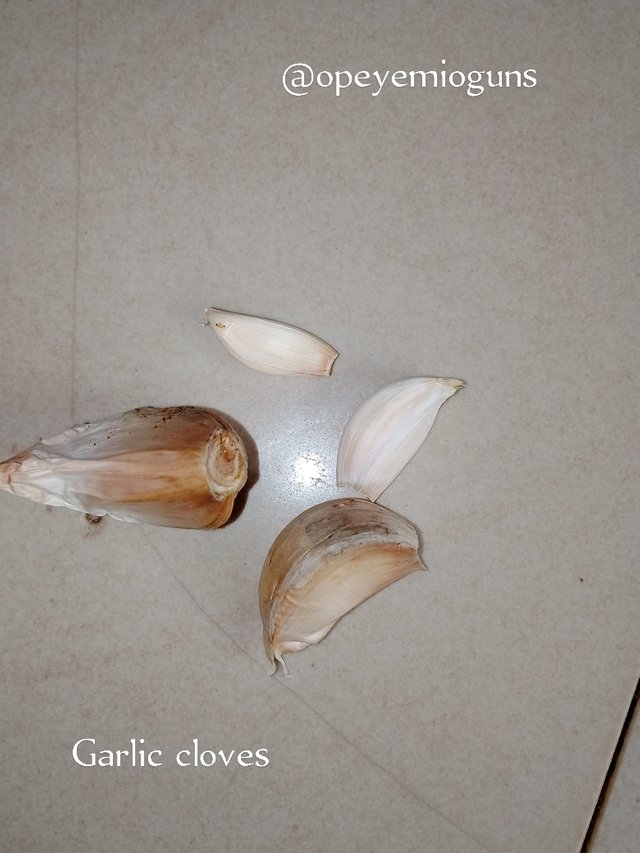
- Locust Beans (Iru): A traditional condiment that is frequently used in West African cooking, locust beans, also known as "Iru," are high in fibre, protein, and vital minerals including calcium and potassium. People with diabetes can benefit from locust beans because of their high fibre content, which is known to assist digestion, and their ability to help control blood sugar levels. They are also thought to strengthen the immune system and promote eye health. The probiotic qualities of "Iru" are enhanced by the fermentation process, which also improves nutrient absorption and supports intestinal health.
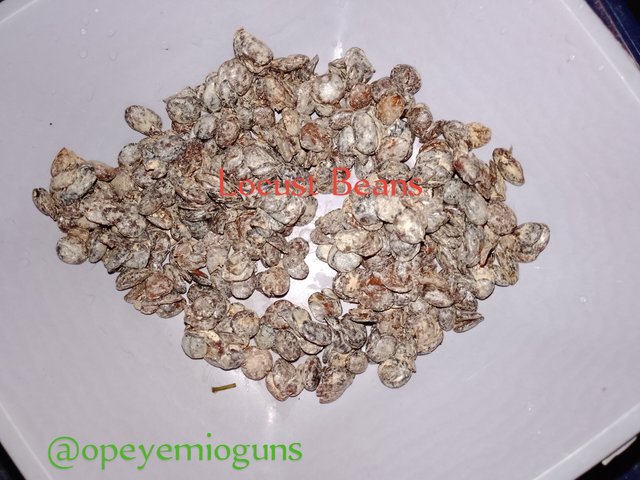
3.Herb Identification Challenge: Identify five herbs at a local grocery store or farmer's market, taking photos and writing down their uses, along with how they could be incorporated into cooking.
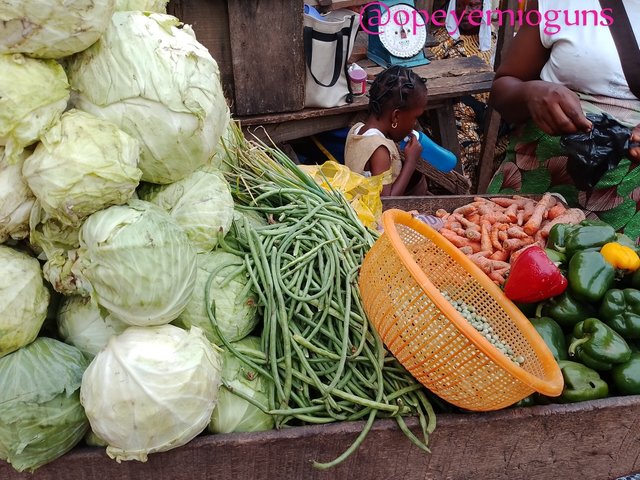
In that only one image, there are 5 herbs and vegetables:
Cabbage:
_ Uses: Packed with antioxidants and vitamins C and K, cabbage is a very nutrient-dense vegetable. It is frequently added to soups, stews, stir-fries, and salads.
_ In Cooking: You may add cabbage to soups and stews, sauté it with onions and garlic, or ferment it to make sauerkraut. You can also shred it and use it raw in coleslaw.Green Beans(String Beans):
- Uses: Rich in fibre and folic acid, green beans are also a strong source of vitamins A, C, and K. They are minimal in calories and promote digestive health.
- While Cooking: They can be prepared in casseroles, added to stir-fries, or roasted, sautéed, or steamed as a side dish.
- Carrots:
- Uses: Beta-carotene (vitamin A), which is abundant in carrots, is beneficial for eye health. They also boost immunity and have antioxidant qualities.
- While Cooking: You can roast carrots as a side dish, add them to stews and soups, or eat them raw in salads. They can be mixed into smoothies or juiced and add sweetness to food.
- Bell Peppers (Green and Red):
- Uses: Vitamins A and C, as well as antioxidants that boost immunity, are abundant in bell peppers. Red peppers are higher in nutrients because they ripen.
- While Cooking: They can be eaten raw in salads, filled and baked, grilled, added to stir-fries, or used to flavour and colour soups and sauces.
- Peas (in the yellow basket):
- Uses: Protein, fibre, folate, and vitamins C and K are all abundant in peas. They support healthy digestion and strengthen the immune system.
- While Cooking: You Peas can be added to soups, stews, stir-fries, and pasta dishes. They can also be mashed into spreads or served as a side dish..
Each of these veggies can be used to add taste and nutrients to a variety of recipes.
I couldn't snap more than just one photo to avoid embarrassment
4.Detox Medicine:
Prepare a herbal detox medicine and tell step by step process and how it helps to detoxify the body?
Because of its high concentration of vitamins, antioxidants, and other bioactive substances, bitterleaf juice, which is taken from the leaves of the Vernonia amygdalina plant, is well-known for its detoxifying qualities. This is how it aids in the body's detoxification:
Liver Cleansing: Sesquiterpene lactones and flavonoids, two substances found in bitterleaf, support liver function. The liver serves as the body's main detox organ, and bitterleaf juice enhances its ability to filter and eliminate pollutants.
Antioxidant Action: Bitterleaf's antioxidants, which include vitamin C and other polyphenols, counteract dangerous free radicals, lowering oxidative stress and averting cellular damage. By lowering the buildup of pollutants, this activity aids in the body's self-cleansing.
Digestive Health: Another well-known benefit of bitterleaf juice is its capacity to enhance digestion, which is essential for detoxifying. It supports the breakdown and removal of fats and pollutants by promoting bile flow. Waste accumulation in the digestive tract is avoided with better digestion.
Blood Sugar Regulation: It has been demonstrated that bitterleaf helps control blood sugar levels. Stable blood sugar indirectly supports the body's natural detoxification systems by preventing excess glucose from harming cells and causing toxic accumulation.
Anti-inflammatory Effects: Effective detoxification requires that organs perform at their best, which is made possible by bitterleaf's anti-inflammatory qualities.
Diuretic Properties: The juice's mild diuretic properties encourage the production of urine, which helps the kidneys get rid of waste and toxins.
Due to its intense flavour and possible side effects, bitterleaf juice is frequently used sparingly as part of detoxification programs. On an empty stomach, many individuals take a little amount, occasionally diluted with water or honey to lessen the harshness. Before beginning any detox regimen, it is imperative to speak with a healthcare professional, particularly if you have any health issues.
- Step by step how I extracted the juice
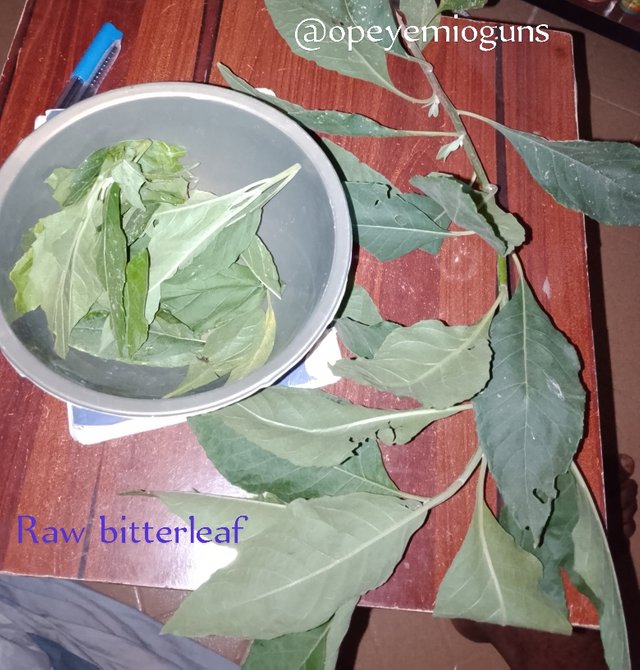

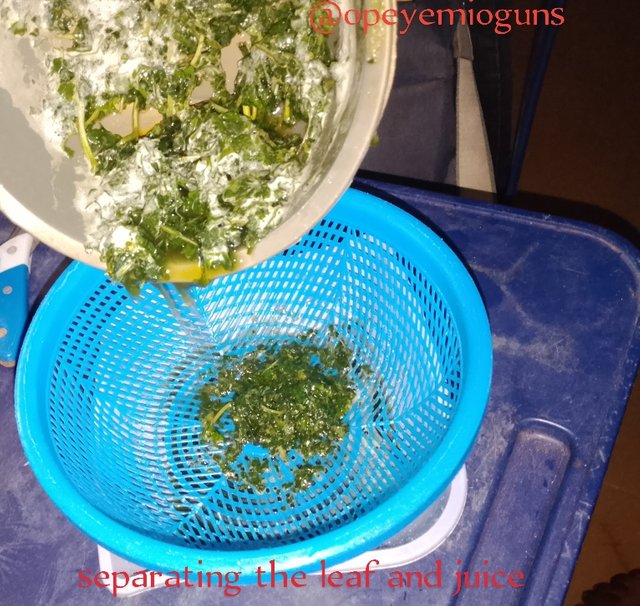


- Conclusion
"Herbal Medicine in the Kitchen" concludes by highlighting the effectiveness and accessibility of natural cures that are found in commonplace items. Numerous spices and herbs found in our kitchens, like garlic, ginger, turmeric, and basil, have therapeutic qualities that improve digestion, immunity, inflammation, and general health. By include these organic components in our meals, we can take use of their therapeutic properties as a preventative measure or even as supplemental treatments for mild illnesses. Using herbal medicine in everyday cooking highlights the important relationship between food and medicine and improves flavour while encouraging a holistic approach to health. But when it comes to major health issues, it's crucial to approach herbal medicines with the right information and seek advice from medical professionals.
Hey teacher @afzalqamar this is good
Hello @princefm @olawalium @olaspecial
https://x.com/opeyemioguns3/status/1857394564119592999?t=Apv3-cMxze4rHtGuR5Sy-w&s=19
You've got a free upvote from witness fuli.
Peace & Love!